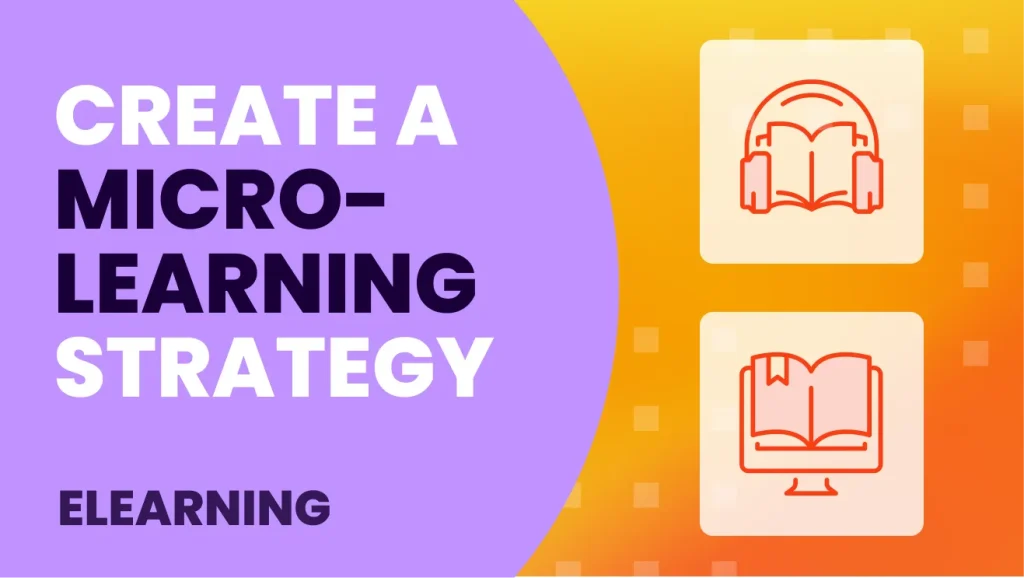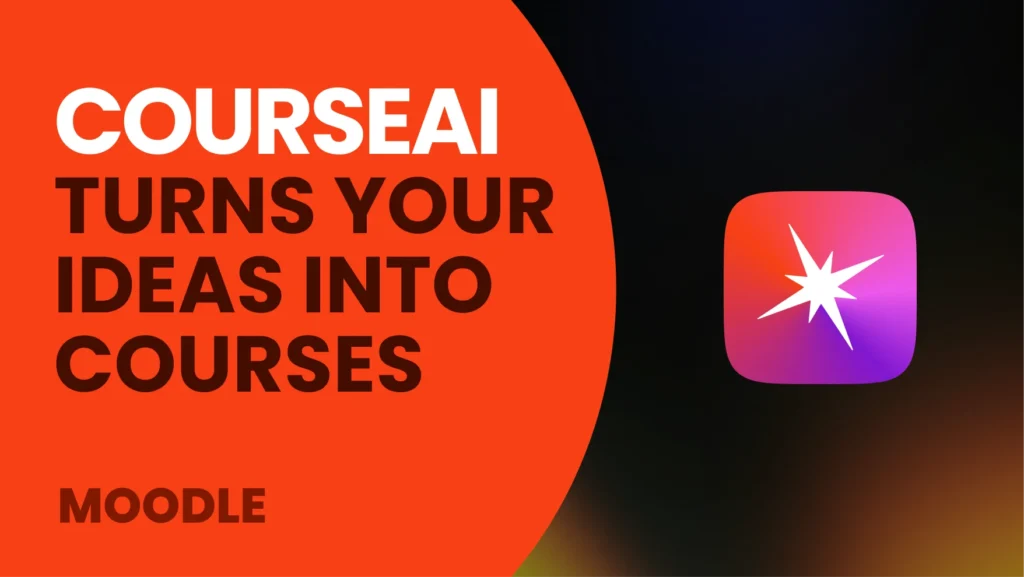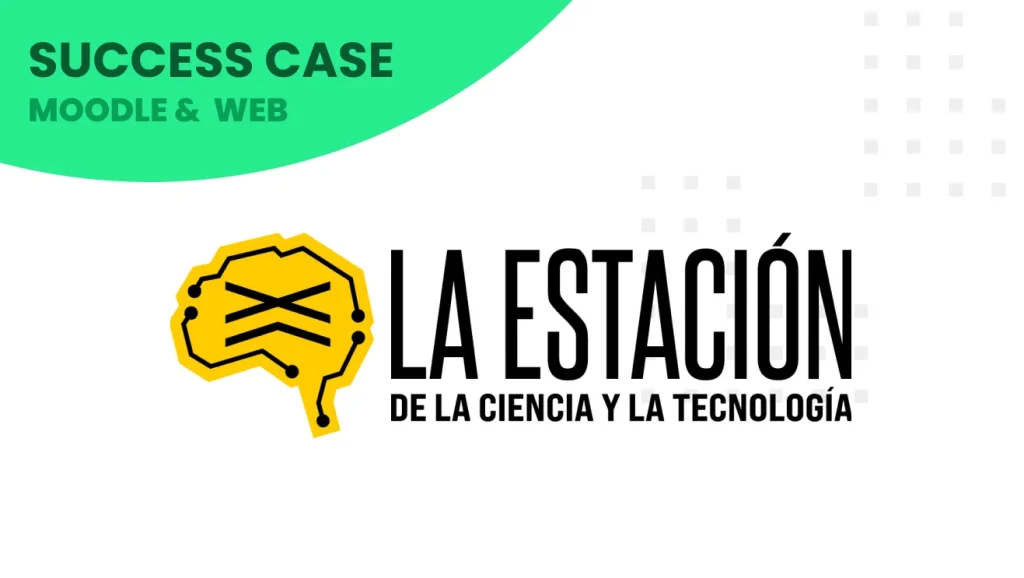In today’s fast-paced work environment, where time is limited and attention spans are short, microlearning has become a vital methodology for corporate training. This technique enables teams to learn in short bursts in a flexible, straightforward manner from any device.
In this article, we will explain how to design an effective microlearning strategy using platforms such as Moodle, Totara LMS, or a custom LMS like Goodle, a solution developed by 3ipunt.
What is microlearning?
Microlearning is a pedagogical approach that uses short, focused, and highly accessible content. It consists of brief training modules that address the specific needs of the workplace and can be completed in a few minutes.
Examples of microcontents:
- Short videos
- Infographics
- SCORM interactive pills
- Mini quizzes
- Podcasts
- Case studies or simulations
Main benefits of microlearning
- Increased knowledge retention
- Flexibility for the student
- Immediate application to the workplace
- It is ideal for mobile and just-in-time learning.
If you want to boost student motivation and participation, consider combining microlearning with gamification techniques. This article shows you how to apply effective gamification mechanics in Moodle.
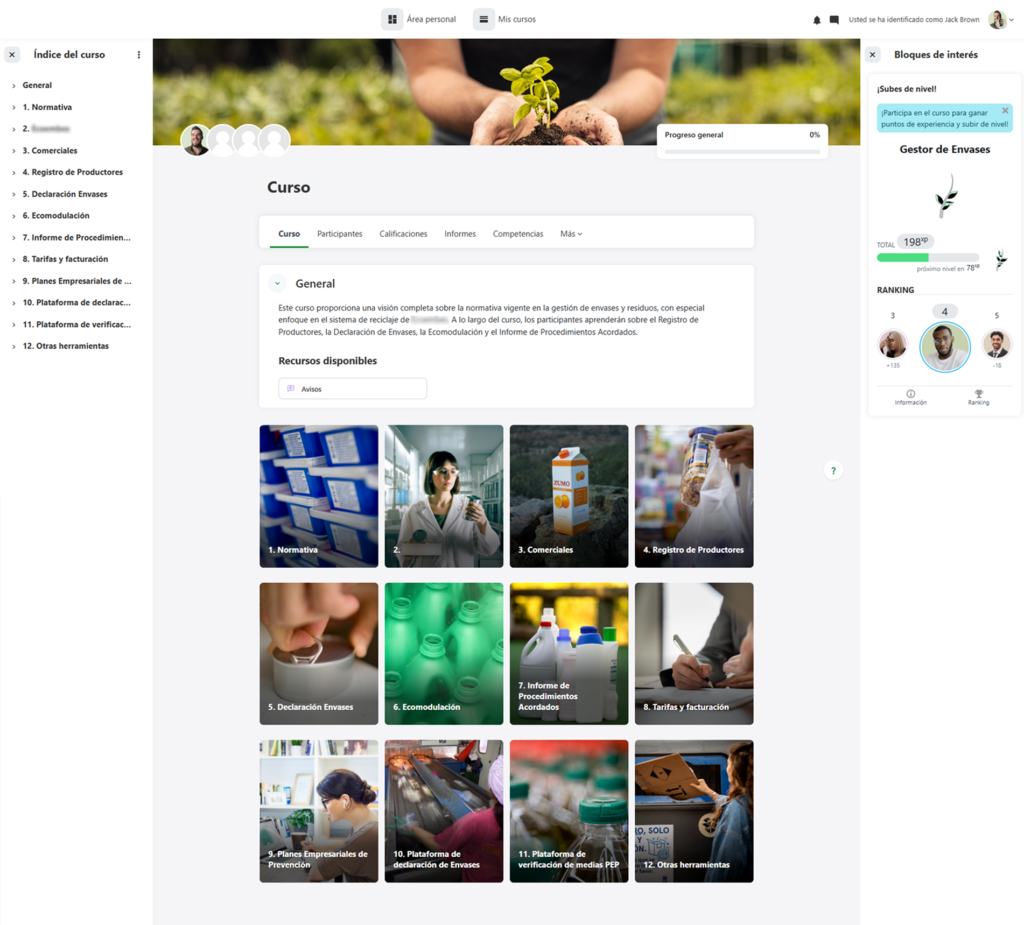
Step by step: how to implement a microlearning strategy
1. Define objectives and audiences
Start by defining:
- Which skills or competencies would you like to improve?
- What is the target audience’s profile?
- What real-world contexts will you apply this knowledge to?
Example: If your customer service team needs to improve their written communication skills, you can create training modules focused on sample email responses, managing complaints, using positive language, and creating effective templates.
2. Fragment existing content
Take the training material you already have on your LMS platform and divide it into self-contained teaching units. Each unit should be between three and seven minutes long and address one key idea.
3. Choose the appropriate formats
| Aims | Recommended format |
| Explain a process | Short video |
| Reinforce a standard or policy | Infographics or SCORM |
| Evaluate knowledge | Mini test |
| Promote an attitude or soft skill | Gamified case study |
4. Design the experience in Moodle or Totara
With Moodle or Totara you can design highly effective microlearning itineraries:
- Display microcontent using books, labels, or pages.
- Create training routes with access conditions.
- Integrate external content from YouTube, Vimeo or your SCORM repository.
- Activate progressive notifications to space out the distribution of your content.
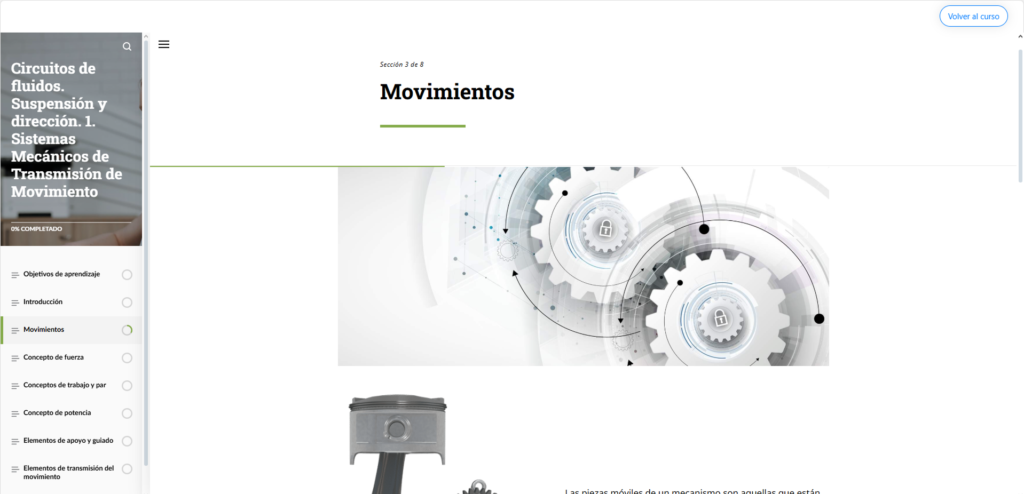
5. Evaluate and improve
Collect key metrics to refine your strategy:
- Average time spent per module
- Completion rate of each pill
- Results from quizzes and self-assessments
- Provide feedback through short surveys
This data will allow you to optimize titles, formats, sequences, and types of content.
Microlearning: agile training for teams with no time to waste
Microlearning is more than just a format; it’s a philosophy focused on people and their real rhythms. Designing with a practical approach for the “moment of need” is what makes the difference.
At 3ipunt, we help you transform your digital training by adapting your content to the new reality. We support you throughout the process, from pedagogical structuring to technical implementation on your Moodle, Totara, or Goodle platform.

